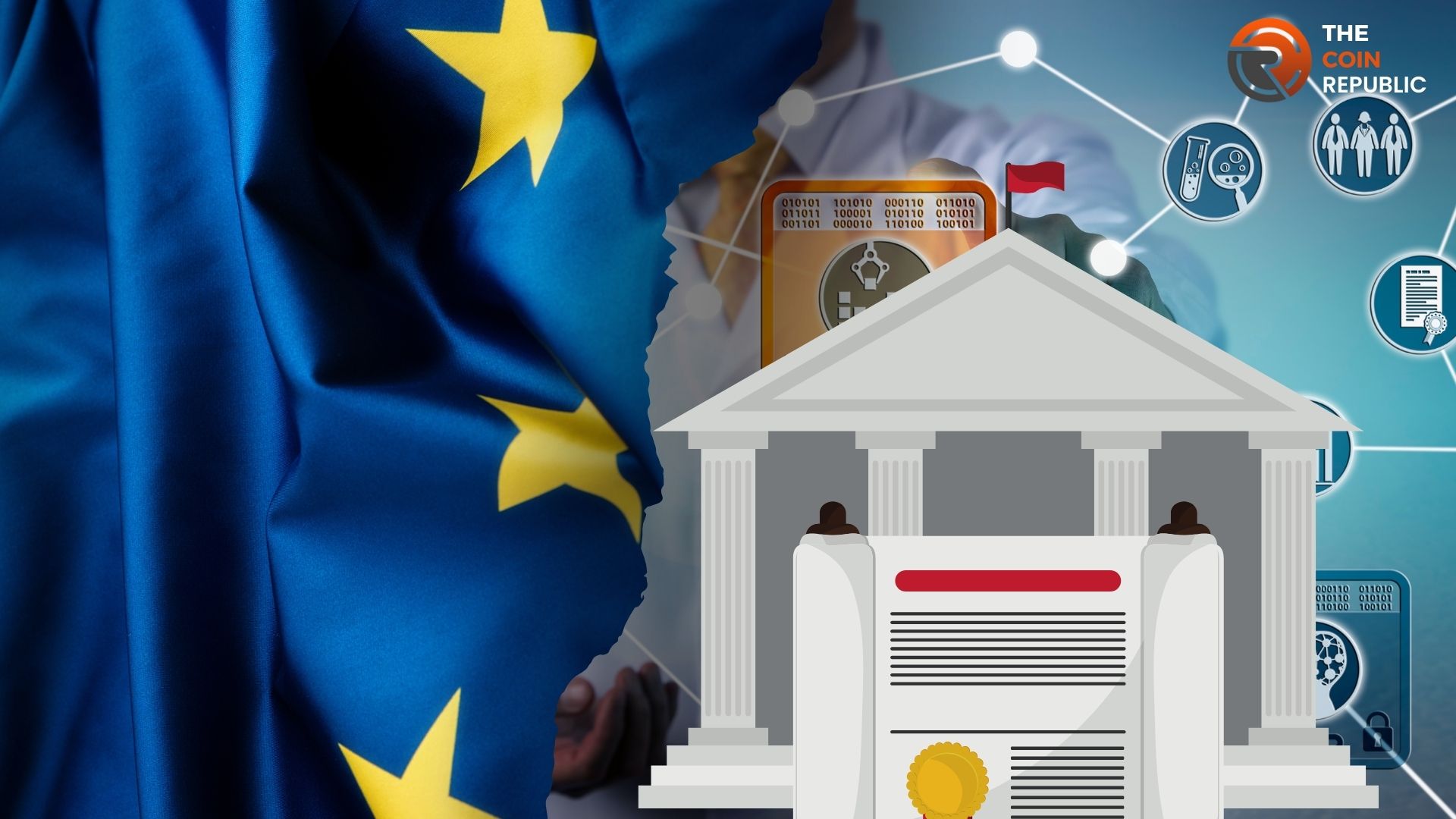What is Polygon Blockchain? Your guide

Originally known as the Matic Network, Polygon was created to scale Ethereum and improve its infrastructure. It is an India-based project that aims to make transactions cheaper and faster on the Ethereum blockchain.
See: 3 Things You Must Do When Your Savings Hit $50,000
What is polygon?
Polygon is a layer two blockchain, which means it is able to process crypto transactions faster and at a lower cost. Coinbase compares Polygon to an express train. It is on the same track as all other trains, but moves faster and makes fewer stops along the way. In this example, the slot is Ethereum, where Polygon does a faster job of fulfilling transactions than the Ethereum blockchain.
The platform uses a proof-of-stake, or POS, consensus to secure the network and create new currency. Polygon has a market cap of $9.2 billion and there are 9.25 billion Polygon Coins (MATIC) in circulation.
What is MATIC?
MATIC is Polygon’s original cryptocurrency – when the blockchain changed its name to Polygon, it kept MATIC as its ticker.
The coin serves a few purposes on the Polygon blockchain:
- Control set: Those who hold MATIC can vote on changes to the blockchain.
- Bet: MATIC holders can stake crypto on the blockchain to make money.
- Charges: Polygon network fees are paid with MATIC.
Polygon tokens in circulation
The developers release the token every month. The maximum supply of polygon tokens is 10,000,000,000, and 9.25 billion, or about 92%, are in circulation, according to CoinMarketCap. Polygon has burned or removed from circulation, over 9.6 million MATIC, and as of 25 April a further 3.8 million are about to be burned.
Sixteen percent of tokens are team tokens; advisors have 4%, 12% are network tokens and 23.33% are in the ecosystem. The remaining 21.86% are foundation tokens.
How much does polygon cost?
As of April 28, Polygon’s price is just under $1, according to CoinMarketCap.
How does polygon work?
Anyone who has ever traded on the Ethereum blockchain will be familiar with the high transaction fees and slow execution times on the network. Polygon solves these problems by offering a decentralized platform that facilitates low-cost transactions.
The network describes itself as a layer two scaling solution. The unique transaction fulfillment technology allows up to 65,000 transactions per second on each sidechain. The system uses proof-of-stake checkpoints that could allow millions of transactions on the blockchain in the future. In addition, Polygon’s sidechains are designed to support decentralized financial protocols within the Ethereum ecosystem.
The network has about $4 billion in cryptocurrency assets locked in its protocols, according to CoinTelegraph.
Did you know?
Currently, Polygon only supports Ethereum as the base chain, but plans to expand support to other base chains, according to community consensus and suggestions.
Blockchain Network Framework
In the future, Polygon wants to provide a blockchain network framework that will allow users to create interconnected blockchain networks – an “internet of blockchains”, if you will.
If this happens, developers will have a lot of freedom to create networks. They will be able to develop independent, flexible and scalable blockchains.
Ethereum Virtual Machine compatibility
Many developers use the easy-to-use Ethereum Virtual Machine to build decentralized apps.
With its EVM compatibility, Polygon makes it easier for developers to create decentralized apps and port them. Developers have deployed many Ethereum apps on Polygon, including SushiSwap and Aave.
Similar networks
Polygon is not the only blockchain aiming to increase the speed and functionality of crypto transactions – projects such as Avalance, Polkadot and Solana are significant competitors.
Solana, for example, has many of the same features that Polygon has, including non-fungible tokens, smart contracts, and decentralized finance applications. While Polygon still has an advantage – it is a layer two blockchain while Solana is a single layer, which has disadvantages in terms of speed and cost – Solana is a strong competitor.
Ethereum upgrade
Also, Ethereum has upgraded its platform. Originally called Ethereum 2.0 and now referred to as The Merge, the upgrade transitioned Ethereum from a proof-of-work chain to a proof-of-stake chain.
Improvements in speed, “gas” prices, and scalability, should they result, could ultimately reduce Polygon’s popularity.
Is polygon a safe investment?
It is important to note that cryptocurrencies are volatile investments. You should be comfortable with a dramatic price swing without going into panic mode.
The plus side of polygon
As for Polygon, some may consider it a safe investment while others may not. For example, Mark Cuban, the cryptocurrency enthusiast, invested in Polygon.
Another positive sign is that Polygon went on a hiring spree amid a cryptocurrency bear market that saw many companies, including Coinbase and BlockFi, which have since filed for bankruptcy, lay off employees. A number of high-profile partnerships may be part of the reason. Draft Kings, Dolce & Gabbana, Macy’s, Adidas, Prada, Stripe, Adobe and Meta – in addition to the NFL – have all launched projects at Polygon.
All told, more than 37,000 decentralized apps had been built on Polygon by August 2022. The sheer volume of dApps it supports should keep the platform relevant for a long time to come.
Negatives associated with polygon
The downside of Polygon is its association with Ethereum. The network competes not only with other currencies, but also with Ethereum itself, on which it also depends.
Polygon developers argue with this, saying that their network will remain relevant despite The Merge because Polygon offers faster transactions and allows Ethereum’s communication with other networks.
However, another programmable blockchain could take Ethereum’s place in the future, sending Polygon down with it.
Take our poll: Do you think AI will replace your job?
Is polygon a good long-term investment?
Polygon is as volatile as you would expect any other cryptocurrency to be. The developers may have bigger plans for the future, but there is no way to ensure that other blockchain networks or Ethereum itself will not lead to a decline in the coin’s popularity and value. Apart from that, the coin has not been able to sustain its short rallies so far this year, which means the price could still fall.
If you want to invest in Polygon, make sure you follow the golden rule of investing by not investing more than you can afford to lose.
FAQ
Here are the answers to some frequently asked questions about Polygon.- What blockchain is polygon on?
- Polygon crypto, or MATIC, is the native currency of the Polygon blockchain.
- Is polygon a good crypto?
- Polygon can be a great addition to your portfolio. As a solution to Ethereum’s slow speed and high fees, it has served its purpose so far and has partnered with several major brands.
- However, it is dependent on Ethereum – if Ethereum remains strong but fails to solve its speed and cost issues, Polygon will likely remain competitive as well. But if Ethereum fails, so will Polygon.
- How big is the Polygon blockchain?
- Polygon has a circulating supply of nearly 9.25 billion coins and a 24-hour volume of over $442 million. It is currently ranked #9 in terms of market capitalization, according to CoinMarketCap.
Daria Uhlig contributed to the reporting for this article.
The information is accurate as of April 28, 2023.
More from GOBankingRates
























